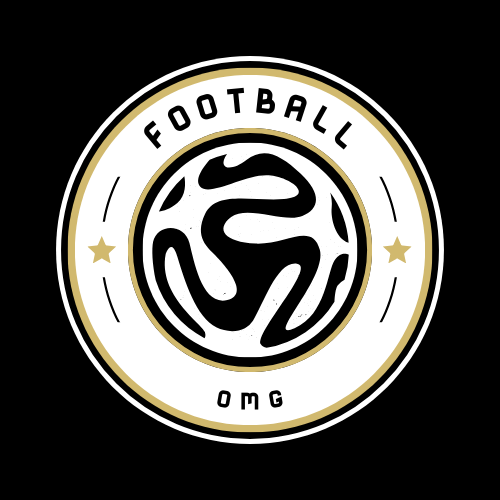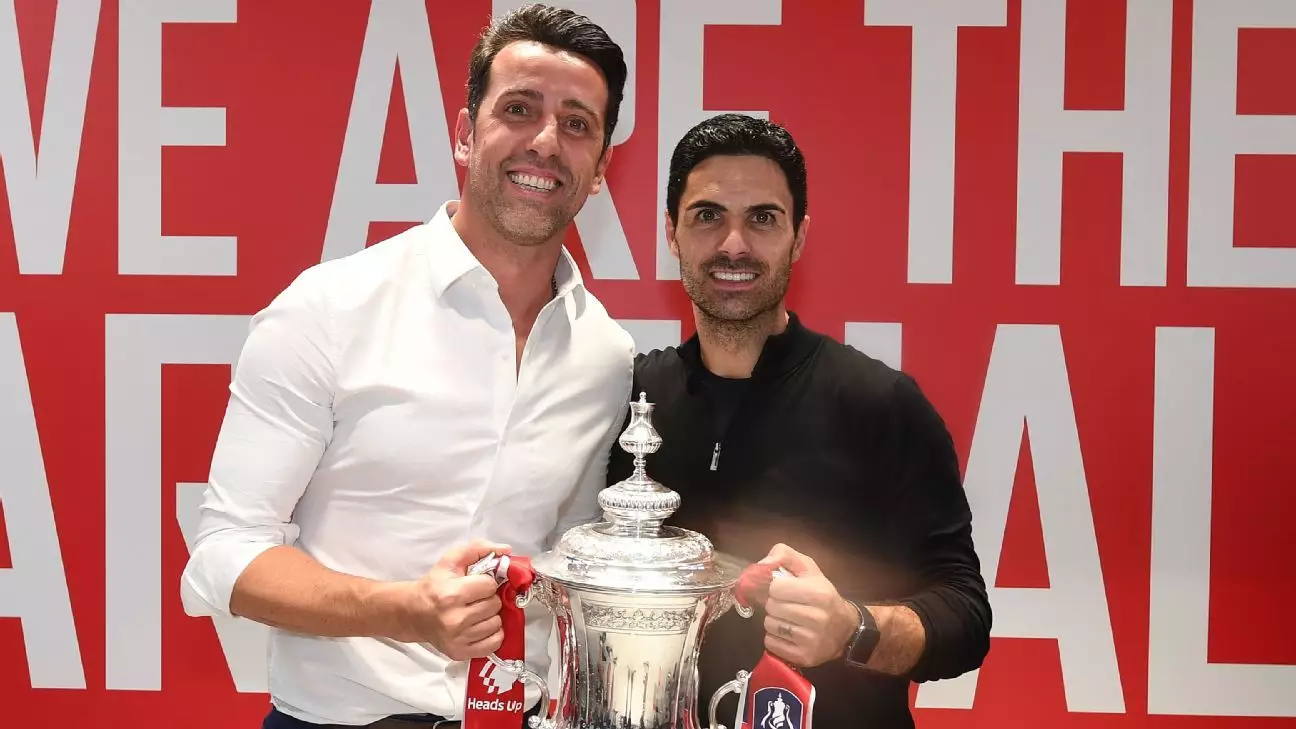Mikel Arteta, the head coach of Arsenal FC, has addressed concerns regarding the club’s January transfer strategy following the abrupt resignation of Edu Gaspar, the former sporting director. Edu’s departure, taking many by surprise, particularly at the London Colney training base, has instigated discussions about the club’s future transfer plans and the leadership structure within the organization.
After five years with Arsenal, Edu has opted for a role within a multi-club operation owned by Evangelos Marinakis, the owner of Nottingham Forest. This significant transition has left Arsenal in a critical period, but Arteta has expressed confidence that incoming personnel decisions will proceed smoothly despite the absence of a permanent sporting director. The club’s managing director, Richard Garlick, is leading the effort to find Edu’s replacement while Jason Ayto has stepped in as the interim sporting director.
Internal Stability and Future Implications
Arteta commended Ayto’s capabilities, stating that he possesses the necessary support and expertise to manage the club’s immediate needs. This internal decision, it seems, will provide stability as Arsenal assesses potential candidates for the role permanently. Names such as Dan Ashworth and Roberto Olabe have entered the fray, reflecting the club’s aim to ensure that they select a leader who can enhance Arsenal’s stature in the competitive landscape.
The January transfer window, however, may not see Arsenal make significant moves unless circumstances dictate otherwise. Arteta has pointed out that while the team is monitoring the situation closely, he does not anticipate a flurry of transfers. This hints at a strategic approach that weighs patience and clever opportunity over rash decisions—a philosophy that could underpin the club’s operations moving forward.
Injuries and Squad Dynamics: Factors at Play
Injuries could also play a pivotal role in determining Arsenal’s transfer activity. Currently, players like Gabriel Magalhães have resumed training and might return for critical fixtures, which could ease the need for external signings. However, with Riccardo Calafiori facing setbacks due to injury, the depth of the squad remains under scrutiny. Arteta’s optimism about squad recovery suggests a forward-thinking approach that prioritizes existing talent while remaining open to potential market opportunities.
This cautious yet proactive mindset reflects Arteta’s intent to strengthen the squad without being overly reliant on the transfer market—a balance that could enhance the team’s long-term success. It signifies a shift towards nurturing player development alongside strategic acquisitions, an area where many clubs often falter.
The present scenario at Arsenal is indeed intricate, given the leadership changes and the upcoming transfer period. Nevertheless, with the right internal frameworks and a clear vision, Mikel Arteta aims to steer the club through this transitional phase, focusing on stability, player well-being, and carefully positioned opportunities in the transfer market. The confluence of these factors may well define Arsenal’s trajectory as they strive for success amid challenges, reinforcing the notion that the groundwork laid now could yield beneficial results in the future. As fans watch closely, the unfolding situation is layered with potential both on and off the pitch.

